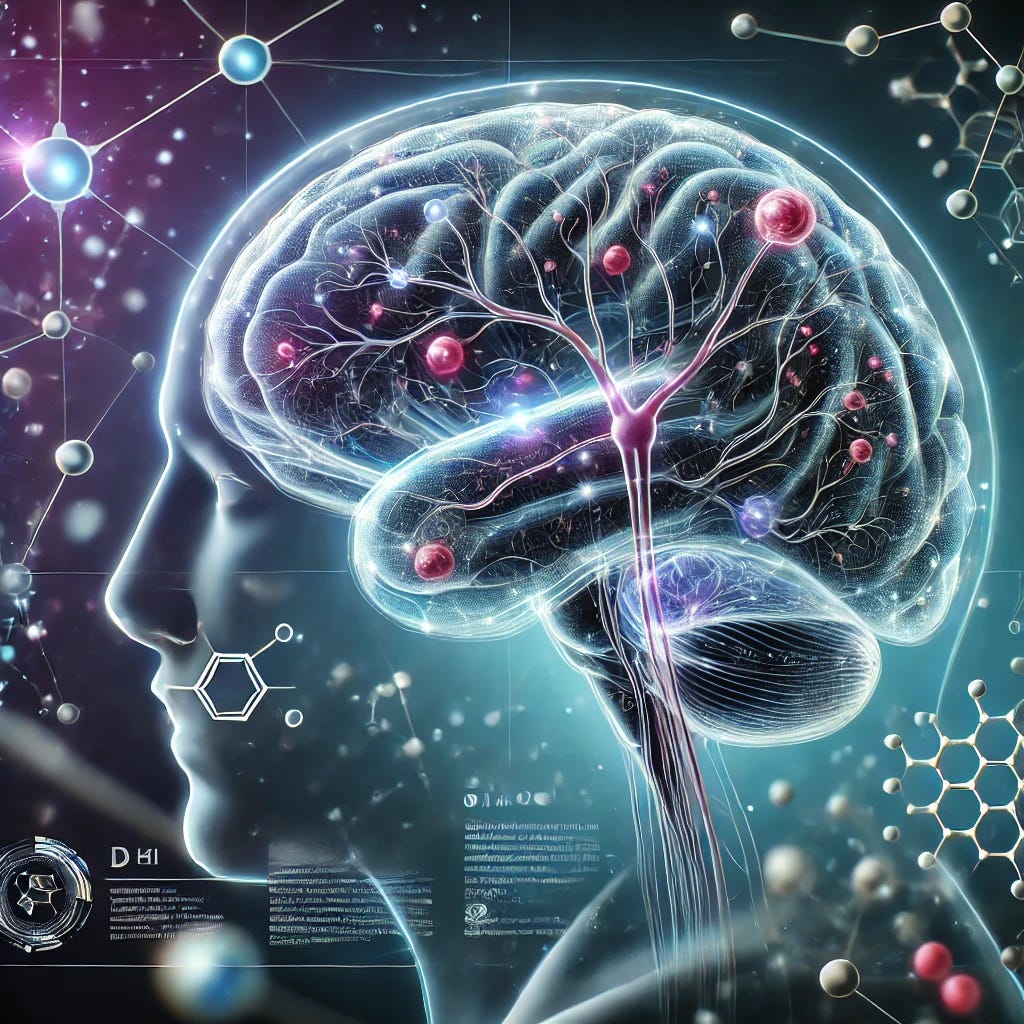New Brain Metabolism Model Offers Targets to Reverse Aging
A simulation with 16,800 interactions reveals how dietary and molecular changes may restore brain resilience
Topline:
A groundbreaking open-source model of brain metabolism, mapping 16,800 molecular interactions, suggests that restoring youthful chemical balances in the brain—through lifestyle changes or targeted supplements—may reverse age-related decline and offer new directions in preventing conditions like dementia.
Study Details
Published in Frontiers in Sci…
Keep reading with a 7-day free trial
Subscribe to Just Healthcare to keep reading this post and get 7 days of free access to the full post archives.


